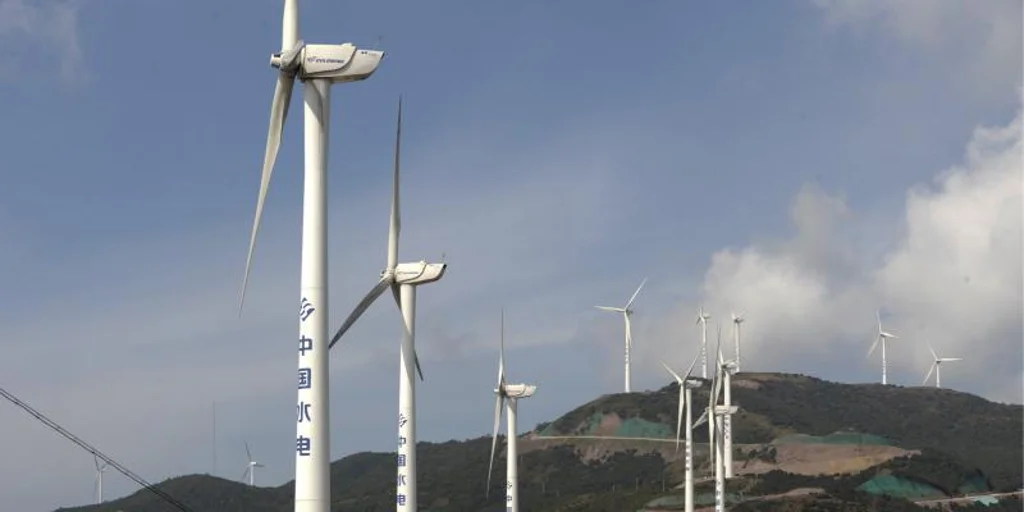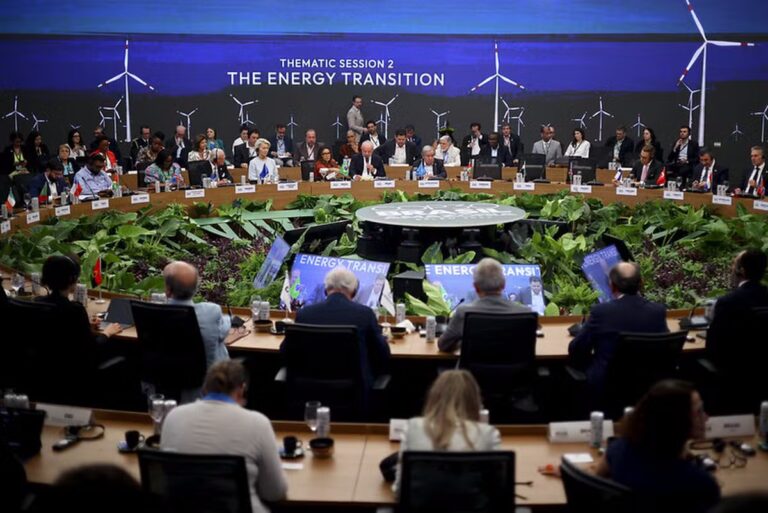
China is the world’s largest emitter of greenhouse gases, but the trend is already close to changing. After decades of increasing global warming-causing carbon dioxide emissions, the Asian giant is slowing its pace. … These gases are compared to levels of the past decade. flat It could decline for the first time in 2025.according to an analysis published this Thursday by Carbon Brief.
The Global Carbon Budget 2025 report, unveiled during negotiations at Brazil’s climate summit, projects global emissions from fossil fuel combustion. Increased by 1.1% this yearreach New all-time high. This growth is in line with growth recorded over the past three years and falls short of the desired global reduction in carbon dioxide required by the United Nations to halt the worst effects of climate change, such as heavy rains and intense heat waves.
“We haven’t made much progress on emissions,” Pep Canader, executive director of the Global Carbon Project, admitted in a press conference with journalists hosted by SMC Spain. However, experts emphasized the following points: China’s trajectory. The country, which currently accounts for 32% of global emissions, is close to changing the trend. The report predicts that China’s emissions will increase by 0.4% in 2025, but the final figure could increase within the margin of error. -0.9% decrease This means that China could reduce its emissions for the first time in 2025.
“It’s already a very real possibility that[China’s emissions]are not increasing or are decreasing,” Canadel said. And the effect it brings is “very big« At the world level. For reference, the US contributed 13% of fossil carbon dioxide in 2024, compared to 32% for China. 8% from India and 6% from the European Union.
Regardless of the final numbers, the truth is that China slowed down Polluters and their emission balances will decline for the second year in a row compared to the previous decade. Changes in trends and their background Renewable energy revolution This has made it possible to generate clean energy and cover increased demand without increasing per capita emissions. The expert said, “China has strengthened, but Europe has strengthened first.”
For the remaining large emitters, India is also slowing down Contamination rate increases by 1.4%. In 2025, the United States will increase greenhouse gas emissions by 1.9% and the European Union by 0.4% due to a cooling climate and reduced wind power production in northern Europe.
However, these numbers are not enough to limit global warming to 2 degrees Celsius, as the report predicts that warming will reach 2.7 degrees Celsius by the end of this century. On the other hand, to limit the remaining carbon budget, Global warming of 1.5°C is “virtually depleted”. In other words, it is virtually impossible today to limit global warming to that threshold.



